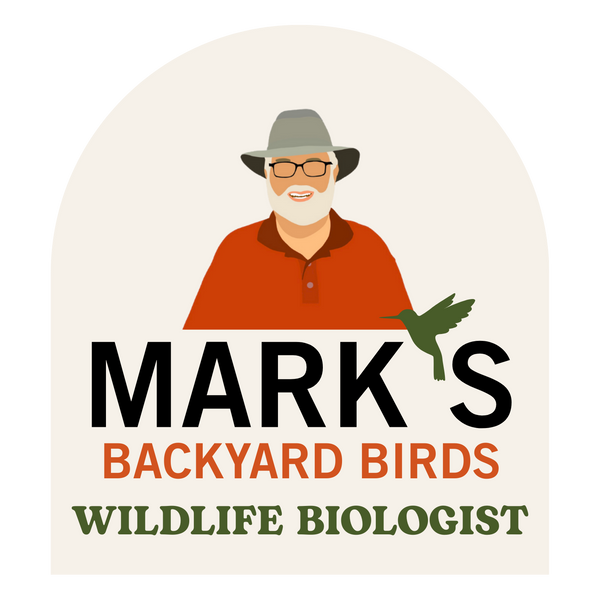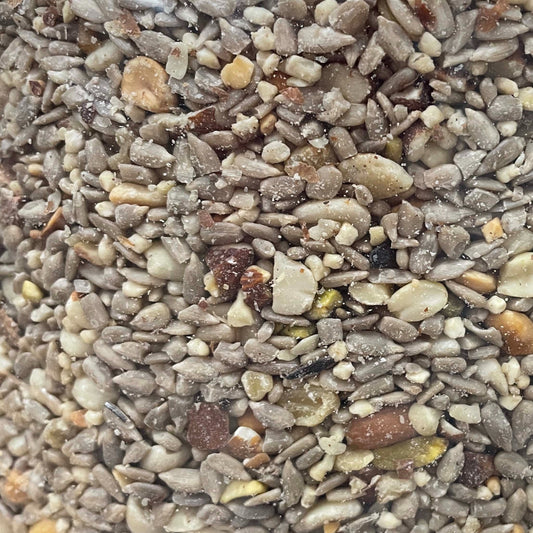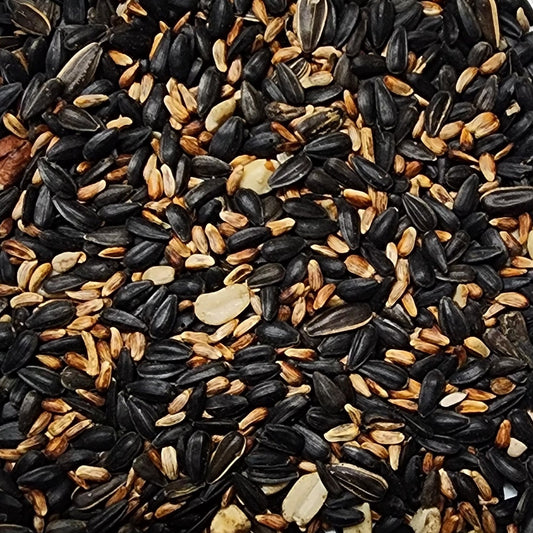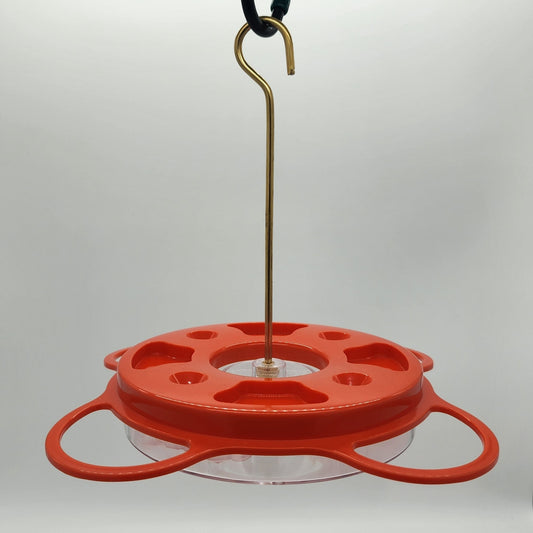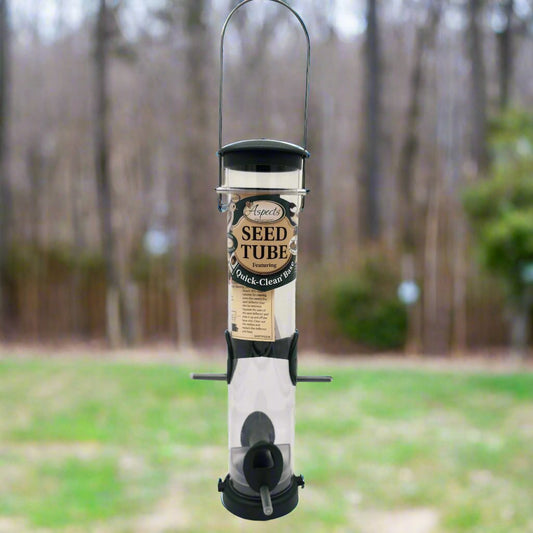Bald Eagle
 On March 11, 1967, the Bald Eagle ( Haliaeetus luecocephalus ) was placed on the endangered species list in the lower 48 states. Their habitat was being destroyed and they were also shot, trapped, or poisoned. Perhaps most damaging was the effects of the widespread use of the pesticide DDT. Many birds, including eagles could not produce eggs, or if there were eggs, the shells were very thin and the weight of the parent would cause the shell to break. Today the future is much brighter for the Bald Eagle. It has been taken off the endangered list for all but three of the lower 48 states.
On March 11, 1967, the Bald Eagle ( Haliaeetus luecocephalus ) was placed on the endangered species list in the lower 48 states. Their habitat was being destroyed and they were also shot, trapped, or poisoned. Perhaps most damaging was the effects of the widespread use of the pesticide DDT. Many birds, including eagles could not produce eggs, or if there were eggs, the shells were very thin and the weight of the parent would cause the shell to break. Today the future is much brighter for the Bald Eagle. It has been taken off the endangered list for all but three of the lower 48 states.
Adult Bald eagles are easy to recognize with their pure white head, neck, and tail and big yellow hooked bill. Did you know that the word bald comes from an old English word for white? Males and females look alike, but the females are larger! Males are about 8-9 lbs and the females are 10-14lbs. Both are about three foot tall with a seven foot wingspan. Pairs use the same nest year after year, adding to the nest annually. After 34 years of use, one nest weighed in at two tons! Bald eagles most commonly lay two eggs which hatch at 30 – 45 days. The young fledge between 70 – 98 days, and the parents continue to feed them for several months. An immature Bald Eagle is very different from its parents in appearance. It is dark brown with varying patches of white on its back, wings and belly. Its bill is also dark brown. The familiar white head and tail and bright yellow bill show up with sexual maturity at age 4 or 5.
Bald Eagles have become a fairly common site in winter along the Missouri River and area lakes. You’re welcome to join us on our annual trip to see eagles (page 3) or both Squaw Creek NWR and Smithville Lake have Eagle Days celebrations each year. Squaw Creek’s is the first weekend in December and Smithville Lake’s is January 13 – 14, 2007. This is the season to get up close and personal views of our national symbol.
By Ruth Simmons
Shop Birdwatching
Mark's Spotlight
-
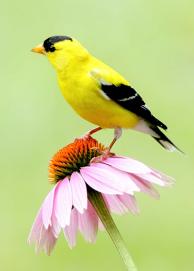
American Gold Finch
Read more about the American Goldfinch -
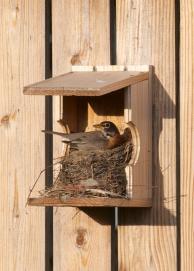
American Robin
Read more about the American Robin -
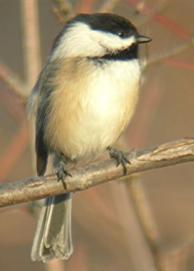
Black-Capped Chickadee
Read more about the Black-Capped Chickadee -
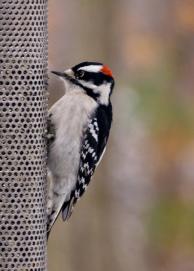
Downy Woodpecker
Read more about the Downy Woodpecker -
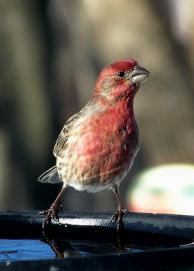
House Finch (Male)
Read more about House Finch -
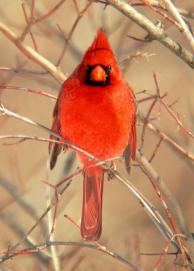
Northern Cardinal
Read More about Northern Cardinal
Shop Now!
-
Mark's No-Waste Blend™
Regular price From $15.99 USDRegular price -
Boardwalk Blend™
Regular price From $8.99 USDRegular price -
NP1009 OrioleFest
Regular price $29.99 USDRegular price -
Multi-Seed Tube Feeders w/Quick-Clean® Bases
Regular price From $59.99 USDRegular price
